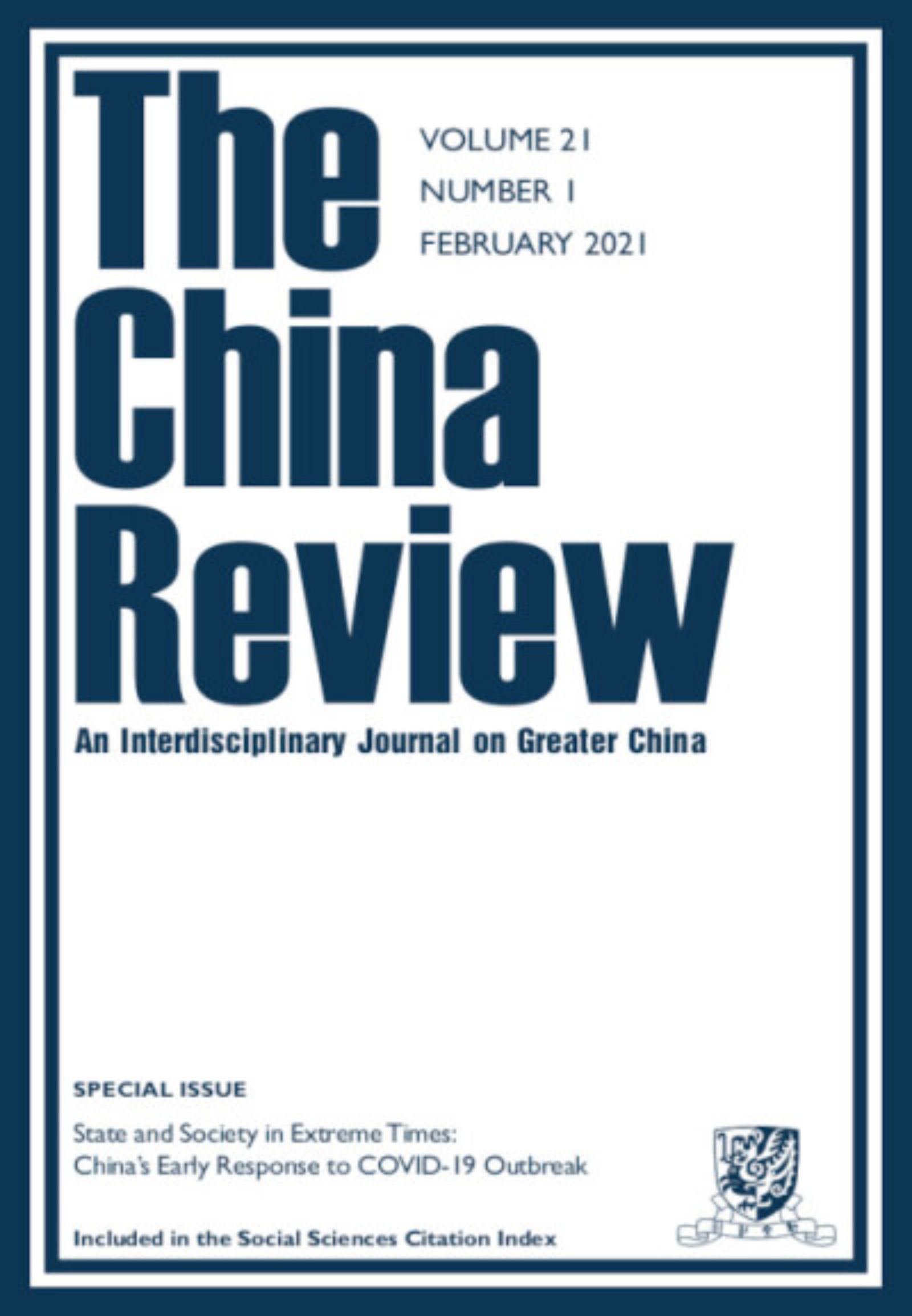Law scholar Chunyang Ding and communications scholar Fen Lin explore COVID-19 information disseminated in Hong Kong and mainland China from December 2019 to March 2020, and the agents, methods, and receivers of its transmission that constitute the respective “information ecosystems” of the two regions, through their academic article, “Information Authoritarianism vs. Information Anarchy: A Comparison of Information Ecosystems in Mainland China and Hong Kong during the Early Stage of the COVID-19 Pandemic.” They argue that mainland China practiced “information authoritarianism,” consisting of strict governance of the flow of COVID-19 information, manipulation of the information, and restrictions on its dissemination by the public. In contrast, the authors describe Hong Kong’s information ecosystem as an “information anarchy,” where the government, various media outlets, and the public freely released information about the virus, and there was little government intervention towards information transmission. Despite the differences in information ecosystems, misinformation, or “inadvertently misleading information” (Ding and Lin 92), and disinformation, or “deliberately misleading information” (Ding and Lin 92), proliferated in both regions.
In mainland China, COVID-19 information in the initial days of the outbreak in Wuhan mainly included disinformation from the government and information from Wuhan doctors informally transmitted in the form of rumors. “To local politicians, disclosure of the pandemic information would harm the government’s political interest in maintaining social stability” (Ding and Lin 92), the authors state, so the Wuhan and Hubei authorities delayed in announcing new confirmed COVID-19 cases and deaths and downplayed the number of infected persons and the virus’s transmissibility. A group of Wuhan doctors, most notably Li Wenliang, warned friends and colleagues of an unknown virus through social media site WeChat, but were admonished by the police for “spreading rumors.” It was only after President Xi Jinping’s formal announcement disclosing the novel virus outbreak that news outlets began to report on COVID-19 daily, and discussion on COVID-19 and difficulties faced during lockdown emerged on the internet. However, the rapid growth of COVID-19 discussion led to an influx of misinformation, at an alarming rate of 67 pieces per day between January and March 2020.
Hong Kong maintained open communication and freedom of press on information about COVID-19, so official disinformation was largely absent unlike in mainland China. The Center for Health Protection (CHP) in Hong Kong announced the discovery of the novel coronavirus in Wuhan as early as December and put various quarantine and public education measures into effect, while Chinese authorities were still covering up the outbreak. News outlets with both proestablishment and prodemocratic political leanings published criticisms of the pandemic response by the government and various sectors, such as the article “A Big Loophole of the Government’s Inspection and Quarantine Measure; Free Travel through the Check Point” by prodemocracy newspaper Apple Daily, which criticized the inadequate monitoring at border controls to identify patients of COVID-19. Information circulating on social media was less reliable as social media became the site of many rumors, including claims that mainland China would close its borders and cease food exports to Hong Kong, and that it would stop producing toilet paper.
The comparison between the two contrasting information ecosystems reveals that government control over the flow of information may not necessarily prevent misinformation or disinformation from spreading. In the case of mainland China, strict information governance instead allowed disinformation to proliferate, while facts, such as the warnings from Wuhan doctors, were dismissed and suppressed. However, the loose governmental control over the spread of COVID-19 information in Hong Kong made it difficult for the government to verify misinformation as it arose. Although the mainland Chinese and Hong Kong governments made at least partial attempts to disseminate accurate COVID-19 information to their respective publics, the presence of misinformation or disinformation challenged the validity of accurate information as truth.

Image Captions:
Cover image of The China Review, vol. 21, no. 1, 2021.Citation: Ding, Chunyan and Fen Lin. “Information Authoritarianism vs. Information Anarchy: A Comparison of Information Ecosystems in Mainland China and Hong Kong during the COVID-19 Pandemic.” The China Review, vol. 21, no. 1, 2021, pp. 91–105. Project MUSE, bit.ly/3Wjk9nd. NON-FICTION, SCHOLARLY ARTICLE | CHINA. ll
Source Type: Scholarship on COVID-19 Studies
Country: China
Date: 01-Mar-2020
Keywords: Hong Kong, Information Ecosystem, Misinformation and Disinformation,, Public Health Communication, and Social Media